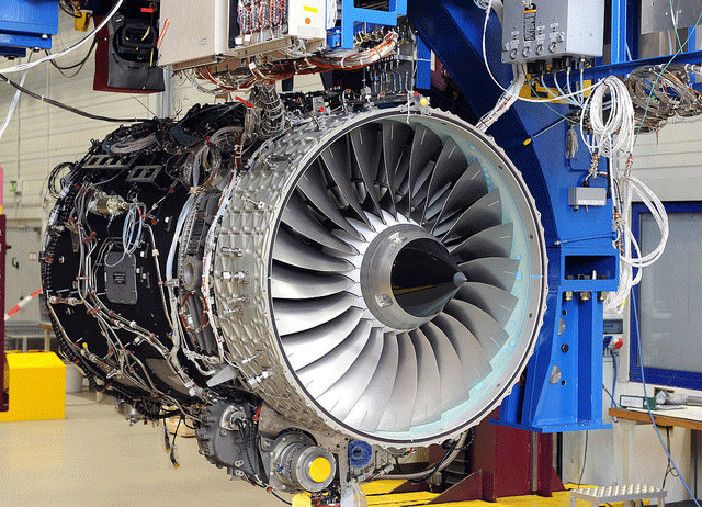Rolls-Royce’s Pearl 15 engine test program has successfully passed 10,000 test cycles during more than 2,600 testing hours.
The test program, which comprises of six Pearl 15 development engines with 14 builds, has been used in 27 test campaigns, during which the engine has successfully passed tests under extreme icing conditions, water ingestions, lightning strikes and long-lasting maturity runs.
For the cold starts the engine was cooled down to below -40°C, a temperature where the viscosity of the fuel is comparable to honey. The water ingestion tests involved spraying more than 6,000 gallons of water per hour at the fan for periods of 3 minutes, a total of 23,000 litres of water per hour, much more than an engine would experience in service.
Dr Dirk Geisinger, director of business aviation at Rolls-Royce said, “This is an important milestone that underpins an on-track delivery. We’re proud of the technology and outstanding performance we have designed into this engine.”
Rolls- Royce’s site in Dahlewitz, Germany has started to build the first production standard engines and is preparing for production ramp-up. Maturity testing is on track to support entry into service at the end of 2019, according to the company.
The engine received EASA certification on 28 February 2018 and was revealed at the EBACE Conference in Geneva in May 2018, at the same time as the new Bombardier Global 5500 and Global 6500 jets. Both aircraft are powered by the purpose-built Rolls-Royce Pearl 15 engine.
The Pearl engine combines technologies derived from Rolls-Royce’s Advance2 technology demonstrator programs with features from its predecessor the BR710. The engine features Rolls-Royce’s latest Health Monitoring System, which uses advanced vibration detection and remote engine diagnostics.
Compared with the BR710, the Pearl 15 engine features the same nacelle envelope but is more powerful, with a maximum certified thrust of 15,250lb. It has up to 7% better specific fuel consumption and is 2dB quieter, with a 20% reduction in NOx emissions compare to the BR710.





